Have you ever wondered what is the normal GPU temp while gaming? Building PCs is getting more popular these days (as GPU prices have started dropping), and people are trying to find out how different components work.
GPUs run hot during tests and when operating graphic-intensive functions such as gaming. So, it is essential to find the normal GPU temp when it runs under load.
Well, we are about to learn about it in this comprehensive guide. So, give it a read and learn everything about your ideal GPU temperature.
Normal GPU temperature while gaming ranges between 149° – 185° Fahrenheit (65° – 85° Celsius). You have to make sure your GPU temperature while gaming shouldn’t exceed this range, or it’s running too hot and can permanently damage your GPU or other components.
What’s a Good GPU Temp while Gaming?
Here are all the details you need about the ideal temperature of your GPU when running functions involving heavy graphics, be it video rendering or gaming.
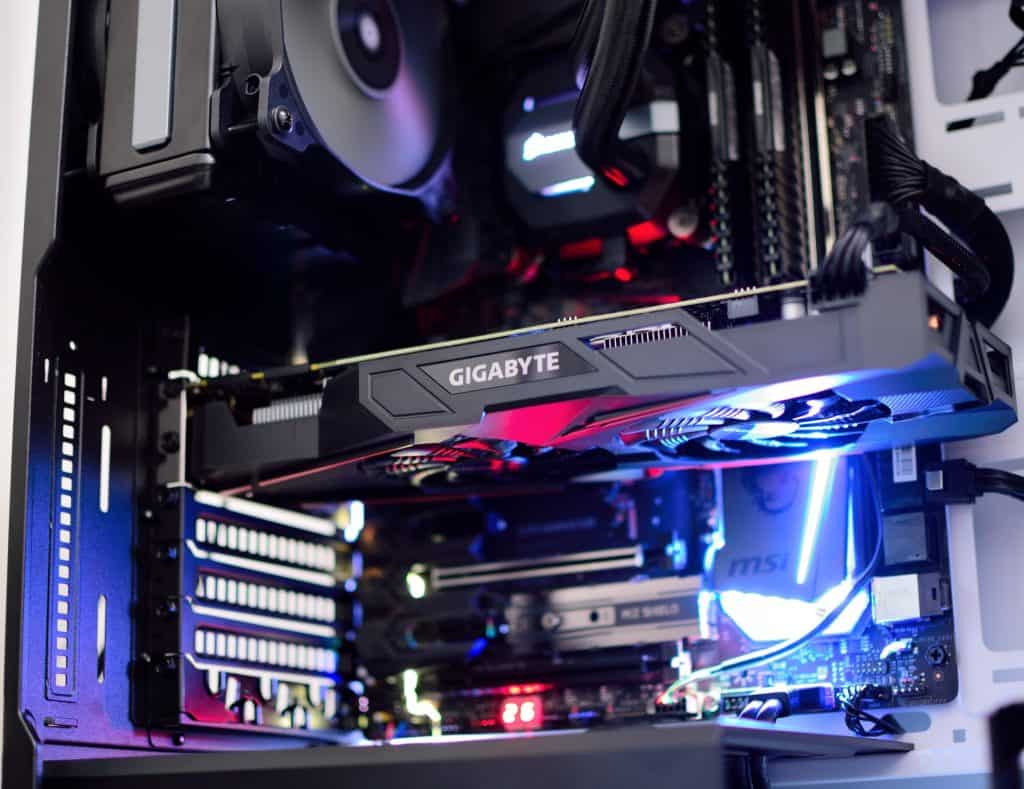
How Hot is Too Hot?
How hot your GPU runs is determined by the task you are working on. When idle, GPUs should run cooler than one running a heavy game at 60 frames per second or more.
GPU idling means your GPU is not running anything apart from the operating system. And during this time, it shouldn’t exceed 140° F (60° C). So, the average GPU temp while idle is around 104° to 140° Fahrenheit (40° to 60° C).
Some GPUs tend to run hot. For example, the Radeon series RX 570 and RX 6600 have been rated to function at up to 110° Celsius pretty safely. Their sensors don’t flag your GPU when running hot until they cross that temperature.
What Happens When GPU Temp Goes Overboard?
A GPU overheats when it reaches the junction temperature. At this stage, it begins to throttle itself and starts running at lower speeds. The primary objective of reducing speeds is to protect the components from heat damage.
Now, if the clock speed keeps going up, your system will initiate a shutdown to keep the internal parts safe. And, of course, you might lose any unsaved data without any warning.
Efficient cooling is always essential to keep the performance of your PC right up there. And it’s especially the case if you commonly use your PC for graphics-heavy operations. Cooling is important because hot GPUs struggle with good fps rate.
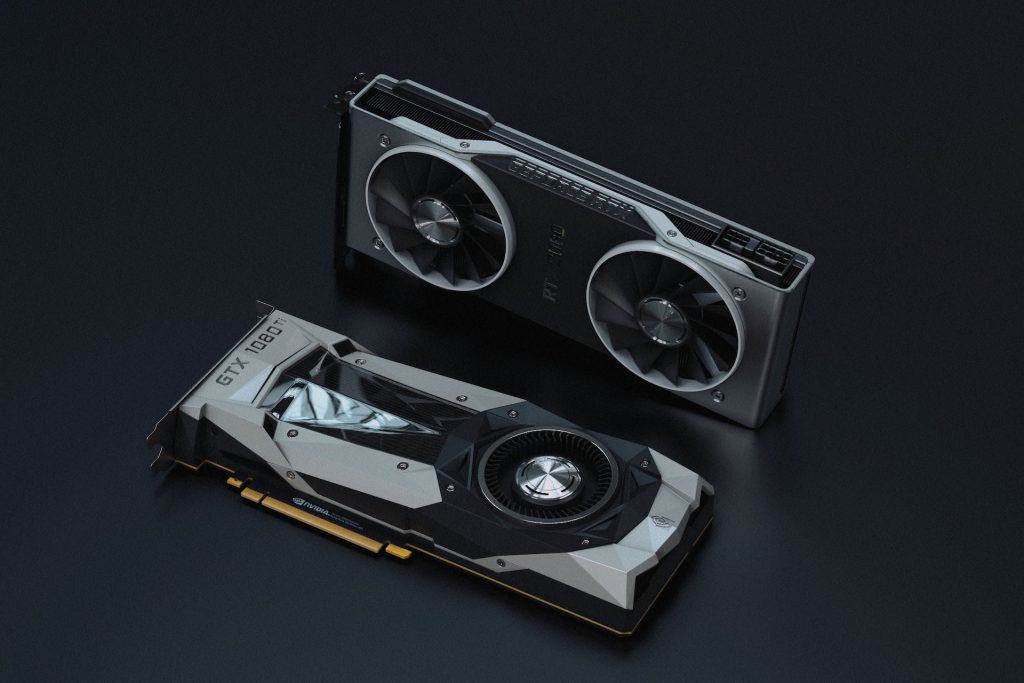
How Are GPUs Cooled?
Now, different ways are used to cool down your graphics cards. The main goal here is to blow cool air across the unit to cool it down. Blowers and open-air coolers are the two most common cooling types used for GPUs. Both these methods accomplish the same task with a slightly different approach.
Open air coolers
These are the most common GPU coolers and feature multiple fans installed on your GPU to make cool air pass through the heatsink. From here, the hot air is dispersed into the case’s interior.
After that, the case fans will come into action and extract warm air from the case to prevent the temperature from rising. This type of cooling is pretty good as it comes with a multiple-fan setup that helps cool down your GPU quickly.
Blowers
The second common type of GPU cooler is a blower. And just like the open-air cooler, it is designed to cool down the air around your GPU, but it comes with a plastic housing that surrounds your graphics card.
The casing allows the cool air to pass through the heatsink and other areas surrounding your GPU. This warm air is pushed out from your GPU’s case or rear end.
But these blowers have a slight disadvantage, and that’s their noise. They tend to be noisier than open-air coolers. And, of course, they have fewer fans attached to the cooler.
Liquid cooling unit
Liquid cooling is another option that you can consider to keep your GPU temp normal. Liquids (like water) have better thermal conductivity, so it’s pretty efficient at bringing down the temperature of internal components. It works by pumping liquid or water through a radiator and then transporting it across your graphics card to cool it down.
This cooler repeats this process continuously to ensure your card doesn’t heat up. Liquid cooling has its advantages over air cooling. It certainly comes in handy if you are looking to overclock your GPU. That’s because it can combat those increasing temperatures and enable you to tone down your running temperatures.
There are two further options that you can explore here. These are custom water blocks and AIO coolers.
AIO coolers
These coolers are simple and come pre-assembled and installed by the manufacturers. The ID-Cooling FrostFlow is a good example. You will only have to install the card along with the radiator, and you are done.
Water blocks
With these blocks, you have a range of different customization options, and you can have a custom loop setup. These coolers are for more experienced users who know how water loops work.
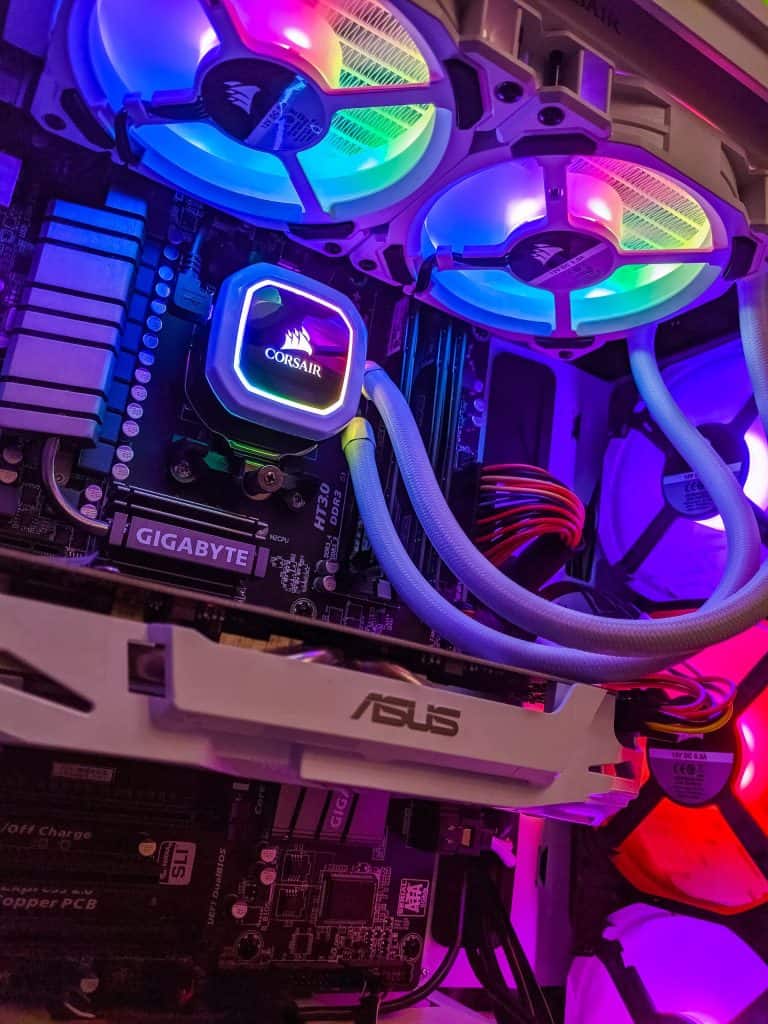
The Aorus GeForce WB 10G RTX 3080 has a water block design. The RTX 3090 is another good option here and comes in a water-cooled version from Aorus. The benefit is that you can go for the one that comes pre-installed or install a block on your GPU yourself.
Causes of High GPU Temperatures
Various reasons can cause high GPU temperatures. These high temps can be caused by some internal malfunctions or by some external conditions. These issues make your GPU run at higher temperatures with reduced efficiency.
You must figure out what is causing these high GPU temperatures so you can directly focus on the source of the problem. Here are some causes that directly result in high GPU temperatures.
Dirt and Dust Build-Up
The most common cause of high GPU temperature is dirt or dust build-up. These dust deposits trap heat, preventing the heatsink from moving the hot air from your graphics card.
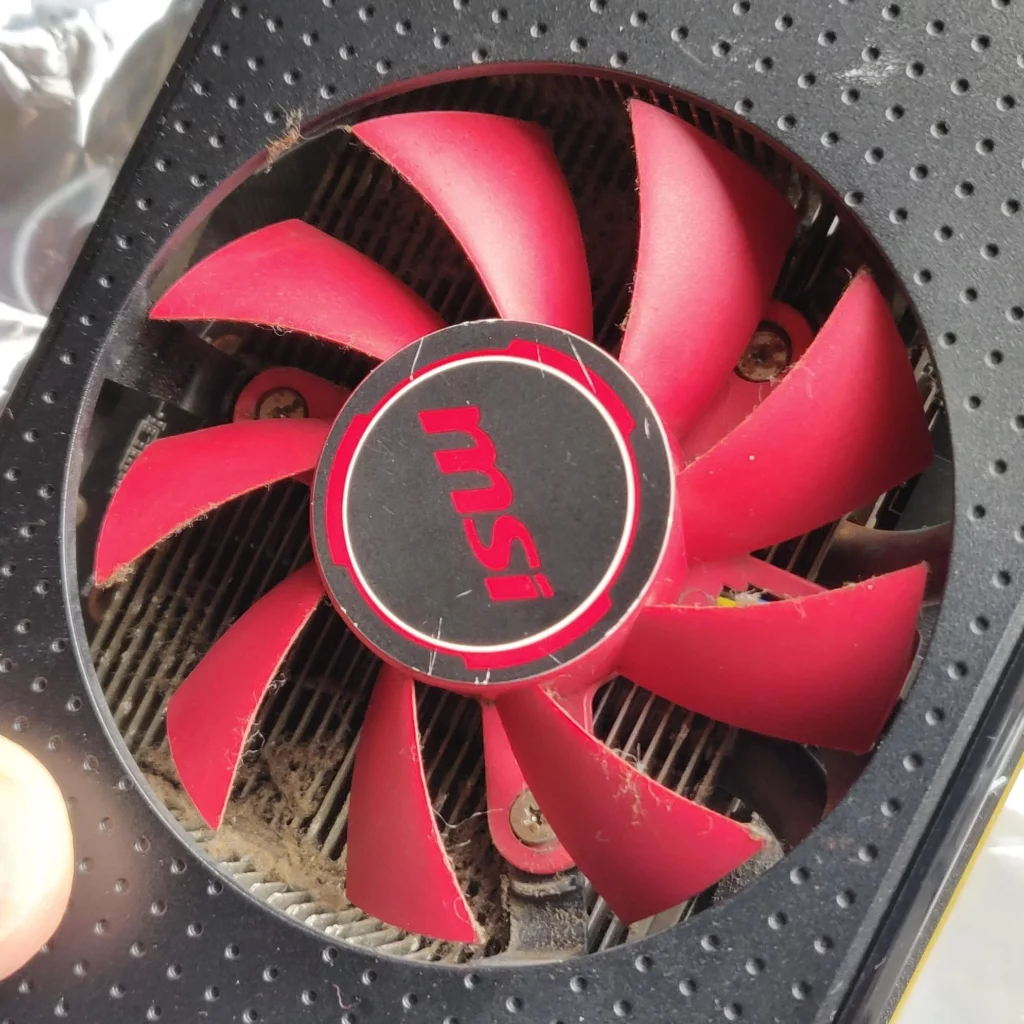
So, if you have been planning to clean up your system for a long time, maybe it’s time to finally do it. And you might end up resolving your issue and making your graphics card function as it should. You can use a can of compressed air or a small electronics vacuum to sort this matter out.
Inadequate Fan Speeds
Maybe your fan speed is inadequate. Your stock cooler is typically enough to take care of the majority of the tasks that you run. But throttling your fan speeds might keep the noise down and cause the GPU temperature to soar.
Therefore, ensure that your fan speed curve matches your GPU’s workload. If you capped your fan speed, you can raise it as per recommendation to improve the overall efficiency of your GPU and prevent any heat damage.
Related Read: GPU Fans Not Spinning: Common causes and how to fix!
Excess Background Processes and Applications
If you don’t have external elements like dust or dirt or slow fan speeds that are causing overheating, maybe you are running too many background processes and applications.
Even small applications can add up when running too many tasks on your GPU. Your GPU then starts running hot. Web pages are getting more and more graphics-oriented, and many have high-resolution videos and photos. Running too many tabs in your browser can pile up an excessive load as well.
You can press Ctrl + Alt + Delete (on PC) and use the Task Manager to check and process different tasks running by navigating to the Processes tab. Close any unnecessary processes but make sure you don’t close the Explorer or System processes because these are the core functions of your operating system.
You can do the same on Mac by pressing Command+Option+Escape simultaneously.
Overclocking
Overclocking is not necessary in the modern world of already-powerful GPUs, but people still consider it to get better performance out of their GPUs. But overclocking does cause plenty of wear and tear to your system in the long run.
You will need a more expensive cooling system if you have an overclocked GPU. Plenty of amateur PC builders set their GPU clocks too high when building their dream rig but do not fully understand how harmful this is for the GPU and the computer in general.
Check the stock clock speed if the GPU is running excessively hot. Regular wear and tear also reduce the overall efficacy of your GPU with time. If you’re not seeing any improvement in GPU temp after resetting the GPU back to base clock speeds, the only solution may be to replace your GPU.
Damaged Graphics Card
Another cause of an overheating GPU is a damaged graphics card. This is something that might have happened recently, causing your GPU to underperform. Regular wear and tear can also affect the overall performance of your GPU. Here are some signs to know if your GPU is dying or not.
Maybe your GPU has come in contact with something that has caused it damage. It can be any liquid or even static electricity. And you will notice that there is a significant decline in the overall performance of your GPU. Moreover, the thermal paste on your GPU might have deteriorated over time, and you will have to replace that too.
Insufficient Power Supply
Some other components in your system directly impact your GPU’s overall performance and cause it to overheat.
It’s possible that your power supply is not generating enough power for your GPU to run at the clock speeds required to complete different tasks. As a result, it will have to work hard at reduced clock speeds and will begin to overheat to reach the required speeds.
This is, of course, the fault of an inexperienced PC builder, and you will need to replace your power supply to make sure that you don’t end up damaging your GPU by running it with reduced power and giving it a hard time reaching its maximum power to run all those operations.
How Can You Improve Cooling?
There are various ways to improve your GPU cooling, and we are listing them below so you can try them out.
Replacing thermal paste
If your GPU is warming up, your thermal paste might have dried out. This happens frequently, and you can solve this problem by simply replacing the thermal compound.
You must go for the best thermal paste available on the market (or according to your budget!). There are various options, like paste, grease, and pads, that you can consider. There are various tutorials on YouTube that you can refer to before you replace the paste effectively and safely. Here’s one:
Cleaning out dust
Dust clumps can form over time, and they are one of the common reasons that you see a dip in the overall performance of your GPU. You can use various methods to remove dust from your system. You can go through this video for more help.
For instance, you can use compressed air cans to complete this job. You can also use isopropyl alcohol wipes for this purpose. Of course, you will need a screwdriver to open your system and access your GPU.
Here are some steps that you need to follow:
- You should begin by wiping the outside of your graphics card to remove any dust.
- After that, you must take your screwdriver and unscrew the GPU from your system.
- Now, twist off your cooler mount from the GPU, but carefully.
- Whatever you do, don’t rush taking apart your GPU, as there are multiple wires connected to the fan, and you shouldn’t rip them off.
- The next step is disconnecting your fan and removing your cooler assembly.
- Take your cooler outside in an open area and use compressed air to remove dust from and inside the fan.
- After that, you need to clean out the individual fan blades using alcohol wipes or any lint-free piece of cloth
- Use the wipes to clean the dust off your GPU.
- Now, leave everything to dry out before you assemble it again.
- When it all dries up, begin the assembly process by first plugging the fan into the card.
- After that, you must install the cooler on your GPU and screw everything back together.
- Don’t forget to place the screws correctly because they come in different threads and lengths.
- And in the end, check if everything is connected correctly before you plug your PC back in.
Adequate airflow inside your case
Another way to improve cooling is to ensure adequate airflow through your case. And the best way to do it is to go for proper fan placement within the case. You can adjust the number of fans inside your case.
The case won’t have efficient cooling air if the fans are too few. Increasing the number of fans will let your GPU cool down rapidly and handle graphic-intensive functions efficiently.
Going for a new case
You can run an open-case test and see whether you need more fans or if you need to replace the case entirely. First, let your GPU run for about 5 to 10 minutes and play some games. After that, close your case and play some games for about 5 to 10 minutes. You need a new case with more fans if the temperature differences are massive.
Buying or replacing more fans
Another good option is to buy or replace more fans and fill in those vacant slots to boost the airflow. It will help reduce your GPU temperatures when you play heavy games on your system. Replace those faulty or generic fans and go for the quality options.
Going for an aftermarket fan
Buying an aftermarket fan works well to deal with these GPU temp issues. Go for the right opinion and see that your GPU temperature shouldn’t exceed 149° to 185° F (65° to 85° C) when you play games on your system.
Some of these options come with integrated water cooling as well. Going for such a fan will prolong the overall life of your GPU and keep your GPU temps under check.
Installing a GPU water cooling system
Have you ever considered installing a water-cooling system for your graphics card? This might be an additional investment, but you can significantly reduce your GPU temperatures.
These cooling systems are ideal for GPUs that overclock frequently. Your system won’t overheat no matter what type of operations you perform with it.
Rolling back to your previous GPU driver
Many gamers have enjoyed a considerable amount of success by just updating their drivers. The temperature may rise by 18° F (10° C), but that is nothing new. It is highly recommended that you try it and see if it works.
With an update, if you are experiencing high GPU temps, you can roll back to your previous driver. It has worked for many gamers in the past. But we do advise you to run your device driver update in safe mode.
Disabling GPU overclocking
This one is a no-brainer, but overclocking your GPU while cooling it with your generic aftermarket fan or cooler is not recommended. You will need a high-quality fan or cooler for GPU overclocking, or it won’t be able to bear the excess load on it. If going for default settings still results in high temperatures, you should disable overclocking for your GPU.
Underclocking your clock speeds
You can reduce GPU temperatures with the help of 3rd-party software programs. We highly recommend using MSI Afterburner if you are looking to underclock your GPU speeds conveniently. Doing so will limit power consumption and increase your card’s lifespan.
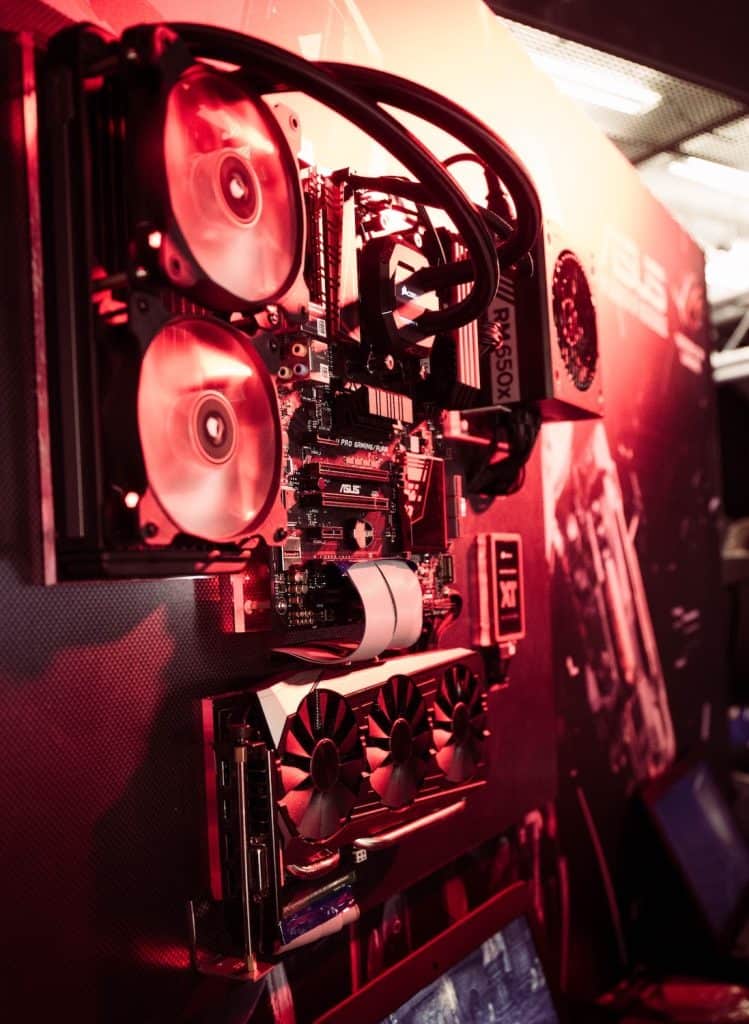
Conclusion
Normal GPU temp while gaming ranges between 149° to 185°F (65° to 85° C). If your GPU exceeds this limit, you must bring it down by cleaning and maintaining your system. Giving it more fan power to cool down quickly or limiting any unnecessary background tasks also helps. There are various causes of high GPU temperatures and different ways to cool it down and make your system run at optimal temps and speeds.